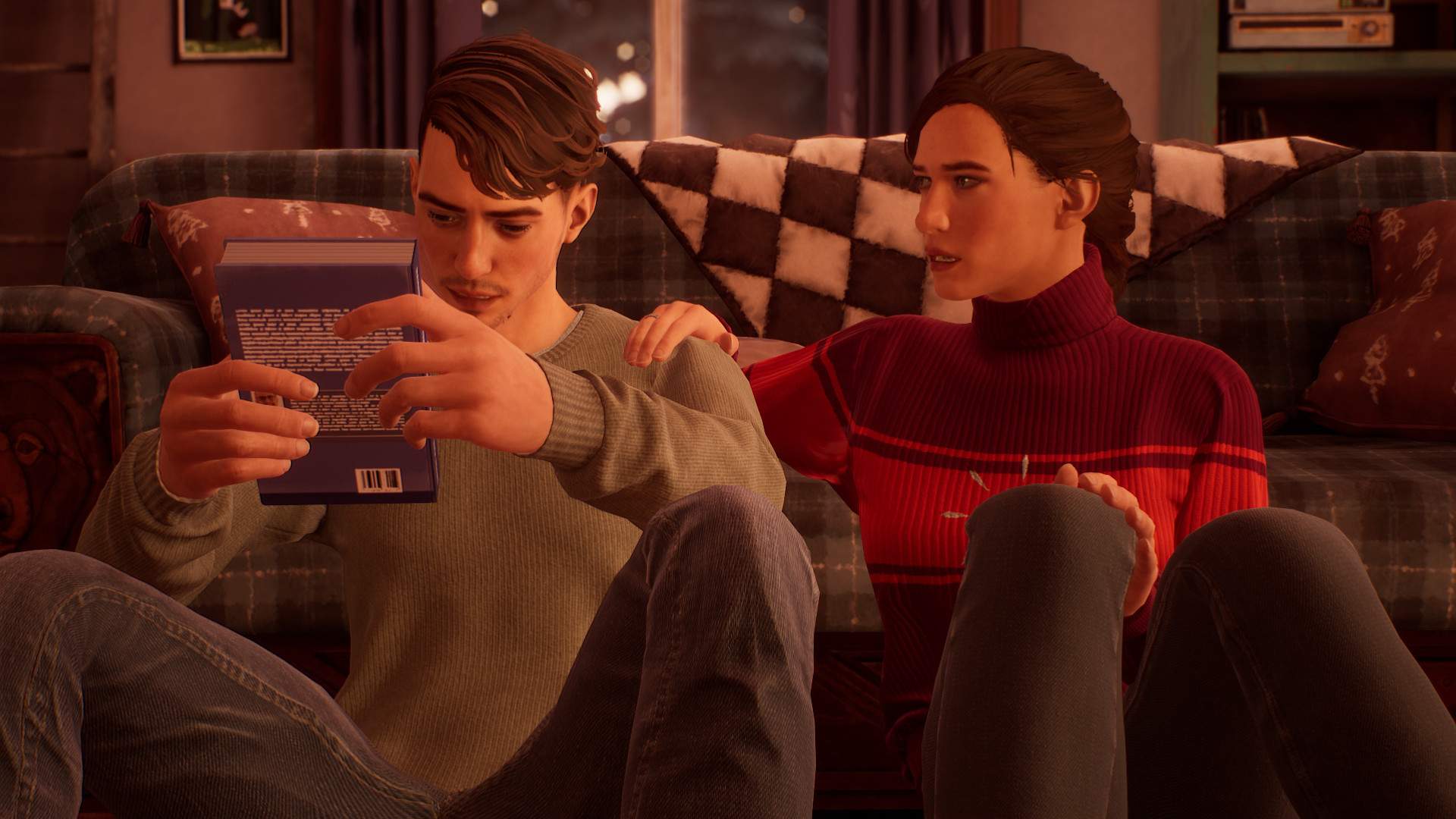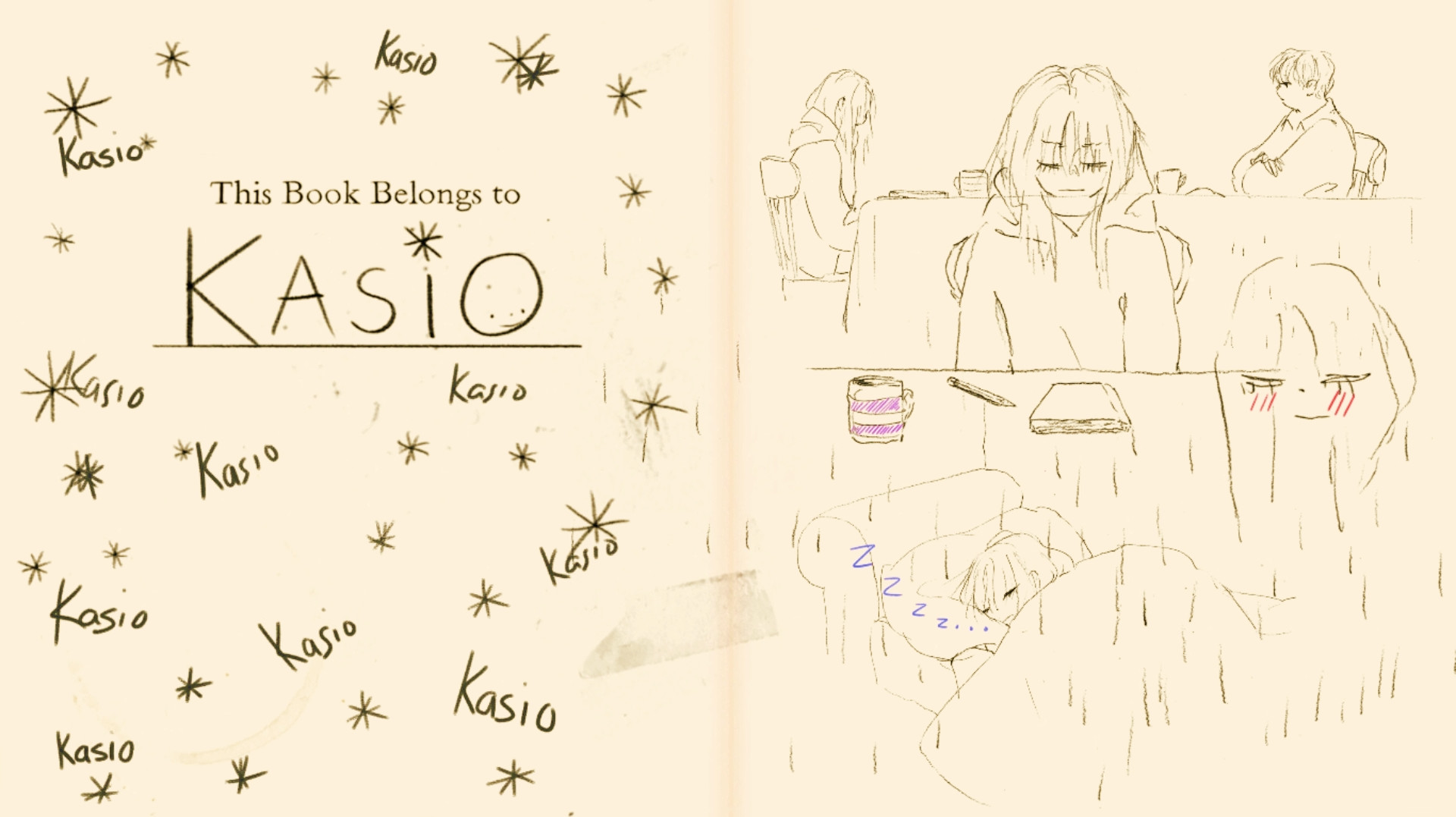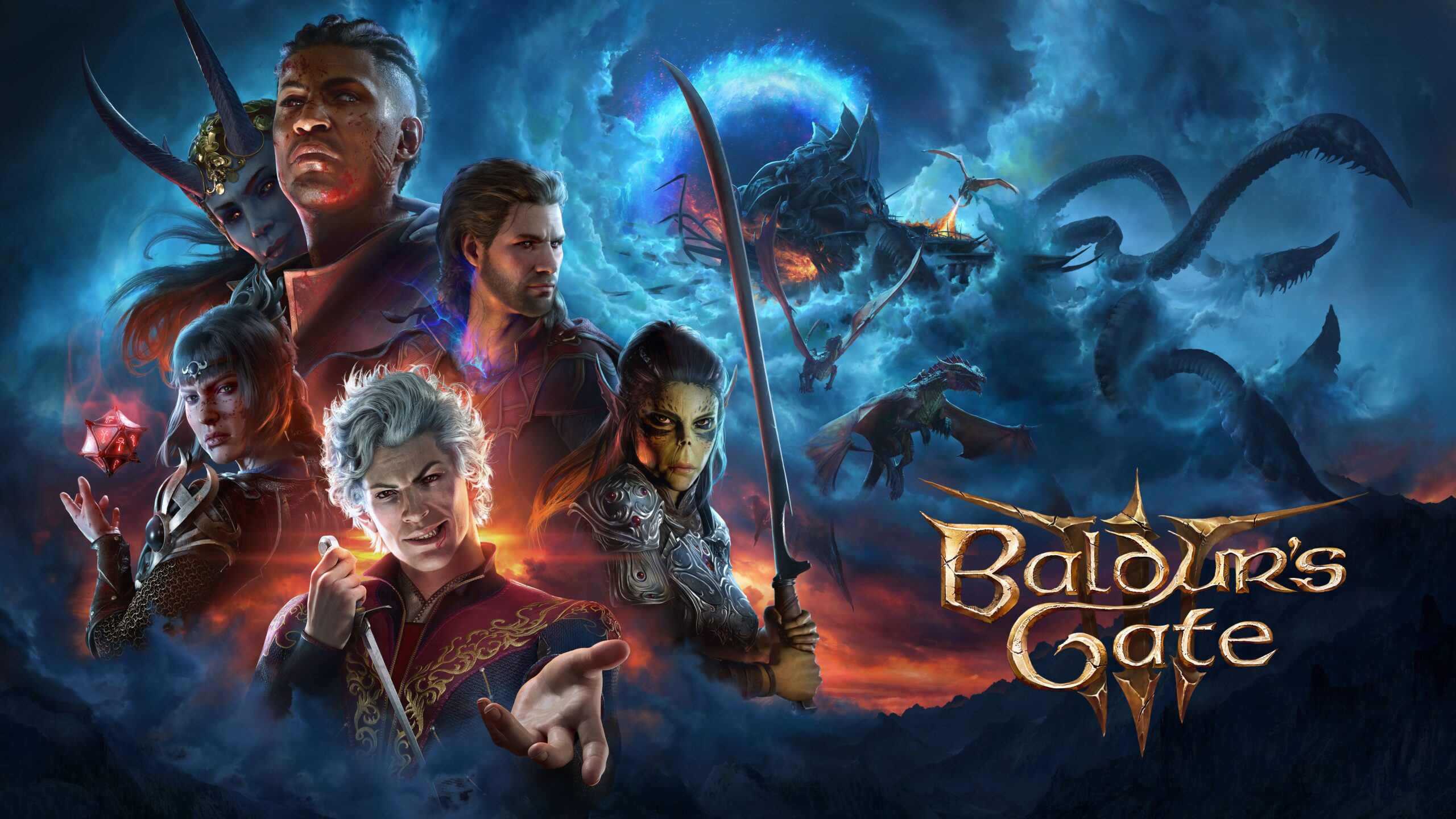
The State of The Representation: A Manifesto for Trans Games Criticism
Many marginalized writers find their start writing publicly and professionally by writing about representation. My first publications were trans narratives of games I was playing that reflected my own gender(s), the subsequent articles analyses of characters that I shared queer identities with. Write what you know, the saying goes. Like all criticism, these kinds of essays extend our enjoyment of and engagement with thoughtful pieces of media. But whether it’s beneath the assumptions of what “trans” is or the central subject itself, trans criticism necessitates offering up the personal. If writing and reading criticism develops our understanding of art, then writing and reading the personal also develops our understanding of the self.
But writing from the personal has its limits.
Not all identities, not all trans identities, illuminate new meaning from every work. Or at least, they don’t introduce something that isn’t already passed off as the “objective,” mainstream interpretation. These perspectives are often cis, straight, and male. They are almost always white and able-bodied, and they’re increasingly classed. Only one of these categories entirely excludes trans critics, which is to say that writing as a trans person is not enough to resist the forces of hegemony among other axes. Without abandoning our positionality – and while maintaining that even our privileged identities can be our most salient ones – we have to write beyond the personal to write about the industry, because no matter who we are, the industry is made up of people who don’t look like us. Moreover, we are in need of critics that can navigate the fraught aims of seemingly progressive efforts to normalize us via assimilation. We are in need of a queer politic.
Tell Me Why

Dontnod’s trans coming-home story is the canonical trans game. I mean that it is literally on Xbox’s Games Pass next to Halo and Doom and Tetris. We can learn about the status of trans people from where they fit in. We can learn from where trans people are fit in. TMW is representative of how the mainstream sees trans people and how the mainstream wants to see trans people. We are checklists that they can get right. (We should not complain when these needs are met.) We are consultants for hire. (We cannot shape the foundation of our stories as developers). Trans people are fit into this mold.
In her 2020 essay, “Getting High Off Your Own Supply,” Liz Ryerson writes, “the 2010’s were a decade where activism and popular culture became inextricably tangled up inside each other, and all culture became defined by a search for absolute moral clarity in the midst of a reality that had none.” TMW is the product of this decade as much as it is of the material conditions in which it was made.TMW operates along normative modes of creation, distribution, and play. The game is conventional, the genre is saturated, the publisher is a billon-dollar corporation, the developers are overwhelmingly cis. So how should we talk about its representation?
Carolyn Petit describes Tyler as “the platonic ideal of a positive representation of a young trans man.” Her critique, “Tell Me Why and the Limits of Positive Trans Representation,” argues that this preoccupation constricts the game. “Being trans is essentially Tyler’s only defining character trait,” but the devs aren’t equipped to interrogate what that might mean as he moves through the fanciful town of Delos Crossing, how it feels to actually move through the world under a cis gaze. The game is delimited by the developers imagination, by cisnormativity. Tyler is both only a trans person and at once not trans at all. He is the other, he is completely normal. It’s dehumanizing; We are meant to gaze at his difference and glance at his personhood. All in the name of empathy.

It’s not that TMW is the only trans rep that can be mainstreamed. Harmful, weird, fetishistic, bad stuff still gets made all the time. It’s that this is an asymptote approaching the ideal limit of “good” in corporate-activist pop culture. This isn’t new. This is how marginalized identities are assimilated: normalization. Petit’s description echoes James Baldwin’s formal analysis of blackness in George and Eliza of Uncle Tom’s Cabin. “Our passion for categorization, life neatly fitted into pegs, has led to an unforeseen, paradoxical distress; confusion, a breakdown of meaning,” writes Baldwin. But, “the ‘protest’ novel, so far from being disturbing, is an accepted and comforting aspect of the American scene, ramifying that framework we believe so necessary.”
TMW labors like the protest novel. Yet for every problem I have with it, there’s a glimpse of consultants or actors or devs pushing the story, the gameplay, the studio in another direction. Tyler talking back to cops in hushed tones, ice fishing with Michael, the playful intimacy permitted in chapter two’s intro. We as trans critics are in need of intentionality, of self-awareness, because we’ve seen how trans criticism can be turned around. Dia Lacina’s review of TMW brings our reality into sharp focus:
“Isn’t this what we bargained for? Depictions of identities that are marked by trauma that both acknowledge the trauma exists, but refuse to directly engage with it. We pushed for better representation only to have the edges of our identities filed down and wrapped in Nerf foam…How can we expect cis creators aim for anything but safe perfection? This is it. This is The Representation. Is it everything you hoped for?”
Petit turns this evaluation into a call for trans art. ”What we really need,” she writes” in addition to stories that confront the realities of trans experience with far more realism and honesty than [TMW and TLOU2], are stories in which trans people aren’t defined by their transness.”
¹Ryerson approaches these failings differently. Though published months before release, her assessment of progressive media encapsulates the stakes of TMW’s representation: “Art that is potentially morally ambiguous or that might upset or challenge audiences, if it can even exist in the mainstream at all in the current moment, is far more liable to get framed as the product of morally dubious, if not outright evil, individuals.” Her argument resonates with Lacina’s below.
If Found…

Whereas TMW draws from the presentation of prestige drama, If Found… and it’s trans coming home story is more akin to a house show. The VN, released months before TMW, was created by Llaura McGee’s Ireland-based game studio, itself comprised of queer devs. Aided by the reputation of publisher Annapurna, If Found made itself known among critics in the spring. I didn’t know If Found was a trans game when I first played it for a review. If Found didn’t know it was a trans game at first, either, but these things happen when you’re trans. What slowly emerges from years of a trans person’s labor, collaboration, and creation are more complex than anything that can be put into words, let alone lists.
While TMW reflects hegemonic modes of production and consumption, If Found demonstrates the possibility for success in maintaining the alternative and independent development practices that trans people have used for decades. If, as McGee has said, “the games industry is the kind of games a cis white guy would make,” then trans games are being made elsewhere. If Found points to the queer game’s history that TMW eludes, to trans development in scenes and cons and zines.

If Found is also a reaction to taste as a classed assumption of value. Nathalie Olah’s problem with tastefulness, put forward in Steal As Much As You Can, is leveled at 2010’s British media, but the functions of neoliberalism over the past decade fits well with Ryerson’s concurrent history of the games industry. As the battleground for representation has been entrenched in AAA games, so too has taste — quality — been tied to graphic fidelity and other markers of cost, delimiting access to all forms of artistic expression. If Found’s edges are rough, its seams laid bare. Its art style intentionally reveals the less-pretty sketches and drafts that make up the bulk of creative work. It is in the rejection of hegemonic modes of production and expression that If Found functions as queer game, a trans game. The game labors.
Critical discourse following the release of Ghosts of Tsushima, Cyberpunk 2077, and TMW each demonstrated the ability for outlets to recognize and mainstream marginalized positionalities (and trans writers figured prominently in each of these moments). But the same was not, could not be done for If Found. It prompts the question: how do we write about representation on the margins of development (instead of identity)? To write only from a trans perspective may forego play and art and sound, or to write from a trans perspective might illuminate If Found’s place in the history of the genre, medium, and industry that has pushed trans creators to the margins.
This isn’t really what we got, though.
² I draw on Cameron Cunzelman’s use of the word with regards to games, which he borrows from Frank Wilderson’s discussion of film in Afropessimism.
³That said, the repeated calls for marginalized writers this year made apparent how genders are disproportionately represented among games writers. I can only recall one trans man, Riley MacLeod, who wrote about TMW at a mainstream outlet, while trans women made up most of the corpus. This is not an indictment of trans women in games, whose presence was established by their own and remains precarious, but an observation of the consequences of histories and forces I myself am not privy to. This is a conversation we need to have, and one that I cannot lead.
The Trans Critic as Killjoy
Games writing and the writing market at large is an ambivalent ecosystem even when stable, and though there has never been anything closer to a plurality in games media, never so many staffed writers, trans critics are seemingly always at its ends. These positions are, of course, distributed among different genders disproportionately. Primarily among cis genders, firstly. But trans women, a group I relate to and identify with, hold a majority in our minority — which is to speak nothing of intersecting identities. This is not an indictment of any group, but an observation of the imprints of past histories. It is not cause for division but for coalition, because even together there is little ground that we already occupy, and yet.
Following developers, trans critics have created their own spaces, making their own tables on servers and group chats and blogs. Allies have also offered seats at existing outlets, but these too prompt the following question. If the predominant position of the trans critic is that of an independent – an outlet, a blog, a channel, a freelancer, a consultant – how does the trans critic figure into an industry that doesn’t recognize our multiplicity? The struggle and possibility of liberation?
The trans critic begins to be refigured into the industry rhetorically. As normalization takes the form of assimilation, the trans critic functions as a discursive object that should serve the hegemonic assumptions of games and their players. No epithet progresses this project so much as “this writer is trans.” Cis writers and editors invoke “this writer is trans” to share work that they (may have commissioned but more often) took no part in materially supporting. I hear “this writer is trans” like an admission. “This writer is trans” is often not followed with the presumed clause: “and they agree with me.” “This writer is trans” is not taken up when the writer argues a dissenting opinion from cis perspectives. “This writer is trans” does the work for cis writers, so that they can continue to be complicit in their own criticism. The trans critic is used by cis people, wielded as a sword when a game is too polemical to ignore and sacrificed like a shield when, finally, their voice reaches a general audience. This is how trans voices are brought up, and how they disappear. We don’t exist when there is no AAA discourse for clicks, we are put back into a utility closet for the next big release that raises concerns.
Worse still, we’re pitted against each other. Dissenting opinions are controversialized within our own writerly communities. We vie for the platform cis editors and readership prop-up with every commission. We lash out, out of jealousy, or hurt, or both when we disagree. Even we can’t resist homogenizing our own voices in this world. And I too am at fault in this system. But as I become aware of it, as I see it hurt those I admire and those I cheer for and those that that deserve our respect all the same, I cannot but reject any role in that system. I come to wonder what figure the trans critic can take up in this world that only wants our pain, only wants to use our meaning-making in place of critical awareness, only wants our words that will fit in amongst their own.
I think, the trans critic could find their own place alongside the feminist figure of the killjoy, a place among those that are oft accused of ruining the fun, taking it too seriously, throwing a wrench in the machine. To be a killjoy is, as Sara Ahmed writes, “To be willing to go against a social order, which is protected as a moral order, a happiness order is to be willing to cause unhappiness, even if unhappiness is not your cause.” So much wrong has been allowed in the pursuit of happiness that games promise that disrupting happiness, causing unhappiness, may well be the ethical games writer’s goal. She continues, “to be willing to cause unhappiness can also be how we immerse ourselves in collective struggle, as we work with and through others who share our points of alienation.”
This is not a panacea, but a context. A theoretical framework to help orient ourselves under the oppressive forces of the world we navigate. The trans critic as killjoy is not alone. They are in coalition with feminists, with journalists, with developers-as-workers. The trans critic as killjoy establishes a coalitional framework for elevating the work of others whose happiness is cause for ire: with writers of color, disabled writers, working-class writers, writers many trans critics have always been. When even “our failure to be happy is read as sabotaging the happiness of others,” we would do well as trans critics to reconfigure this awkward position into an agential form. Then we will be able to take what we know, and move on to something new.






3 thoughts on “The State of The Representation: A Manifesto for Trans Games Criticism”